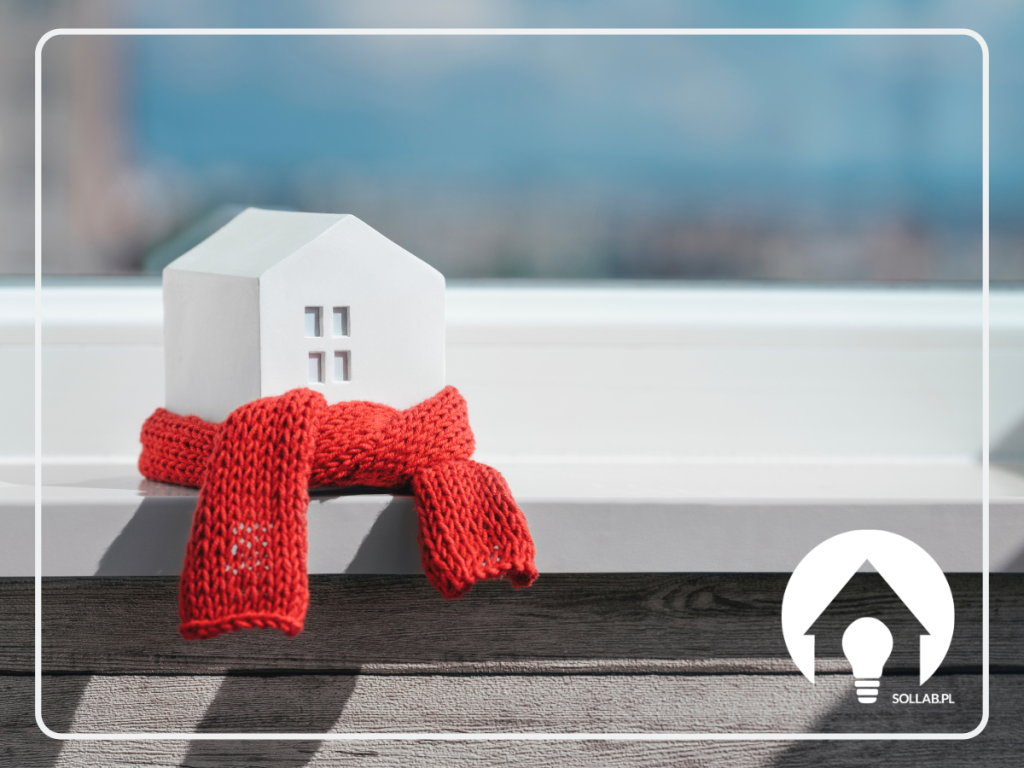Heating curve - what is it and how to set it ?
To maintain the ideal room temperature, setting the heating curve is a priority. The main goal of the heat pump owner and installer is to ensure a comfortable temperature in the building. After all, comfort is the factor that is one of the greatest advantages of using heat pumps over other heating equipment. In the context of establishing a comfortable temperature, one often encounters the concept of the heating curve. In such a situation, it is important to know how to handle the heating curve correctly and how to deal with any problems that may arise when setting it. You will find the answers to these questions below!
What is a heating curve?
The heating curve is the relationship between the temperature of the water in the heating system, generated by the heat pump, and the air temperature outside the building. The aim should be to set the heating curve in such a way that a uniform room temperature in the building is achieved at different outdoor temperatures.
The heating curve can be represented in a graph with the outside air temperature on the horizontal axis and the temperature of the water supplied to the heating system on the vertical axis. The correct setting of the heating curve is crucial in order to achieve the optimum indoor temperature according to changing weather conditions.
Setting the heating curve
The main purpose of the heating curve configuration is to ensure a constant internal temperature in the building, regardless of changes in the outside temperature. In practice, this means that on colder days, when the outside temperature is lower, the heat pump delivers water at a higher temperature to the heating system. Conversely, on warmer days, when the outside temperature rises, the heat pump delivers water at a lower temperature. In this way, the indoor temperature remains stable, providing thermal comfort for the occupants.
A well-configured heating curve contributes to the efficiency of the heat pump. If the curve is set too high, the unit will deliver water at too high a temperature even on warmer days, leading to excessive energy consumption. On the other hand, if the curve is set too low, the heat pump may not be able to deliver hot enough water on colder days, leading to thermal discomfort indoors. So the question arises - how to set the heating curve right?
What influences the heating curve?
The heating curve in the context of a heat pump is shaped by many factors and its shape depends on various parameters and external conditions. The following factors influence the heating curve:
- Individual tenant preferences - set the indoor temperature according to the preferences of the occupants
- Degree of thermal insulation of the building - The level of thermal insulation of a building affects the energy demand for heating.
- Location of the building - climate zone
- Power and efficiency of heating appliances - The parameters and performance of the heat pump itself, such as efficiency at different temperatures, also affect the heating curve. Each heat pump has its own performance characteristics depending on the external conditions.
The shape of the heating curve is the result of the complex interaction of many factors, each of which influences the efficiency and performance of the heat pump system under specific conditions. It is very difficult to set the heating curve correctly the first time. It can be set in two ways: automatically or manually. The manual setting involves shifting and sloping the curve depending on the thermal characteristics of the building. Changes in the shift and slope of the heating curve should be made slowly (preferably by one degree), while observing how the thermal comfort in the rooms changes. When setting the heating curve, the most sensible solution is to aim for the lowest possible curve at which thermal comfort will be achieved in the building.
- If it's too cold during frosty periods - we need to choose a heating curve with a steeper slope
- If it is too warm during frosty periods - we need to choose a heating curve with a smaller slope
- If it is always too cold - we need to move the heating curve upwards
- If it is always too warm - we need to move the heating curve downwards
- If the temperature is adequate during the frost period and it is too cold outside this period - we must choose a heating curve with a smaller slope
- If the temperature is adequate during the frost period and too warm outside this period - we need to select a heating curve with a steeper slope and then move it downwards
What does a well-chosen heating curve achieve?
A well-chosen heating curve in the context of a heat pump can bring several benefits:
- Optimum Performance: A good heating curve enables the heat pump to be used optimally under various external conditions. By adapting the heat pump's operating parameters to the specific climatic conditions of the region, higher energy efficiency can be achieved.
- Minimising Energy Consumption: By adjusting the heat pump's operating parameters to the actual outdoor conditions, the electricity required to heat the building can be minimised. A properly tuned heat pump can operate more efficiently, resulting in lower operating costs.
- Enhanced Thermal Comfort: The right heating curve can help to better maintain a constant temperature inside the building, even when the outside temperature is fluctuating. This increases the thermal comfort of the occupants.
- Longer Life of the Heat Pump: A good adjustment of the heating curve can help to minimise load spikes and frequent on/off cycles of the heat pump, which can benefit its durability and service life.
- Flexibility of the System: By understanding the heating curve, the system can be tailored to the specific needs and conditions of the area. In some cases, this may include the use of additional heat sources in the event of extreme weather conditions.
A well-chosen heating curve is crucial for the efficiency and performance of a heat pump-based heating system, as well as for ensuring the thermal comfort of the occupants with minimal energy consumption

















